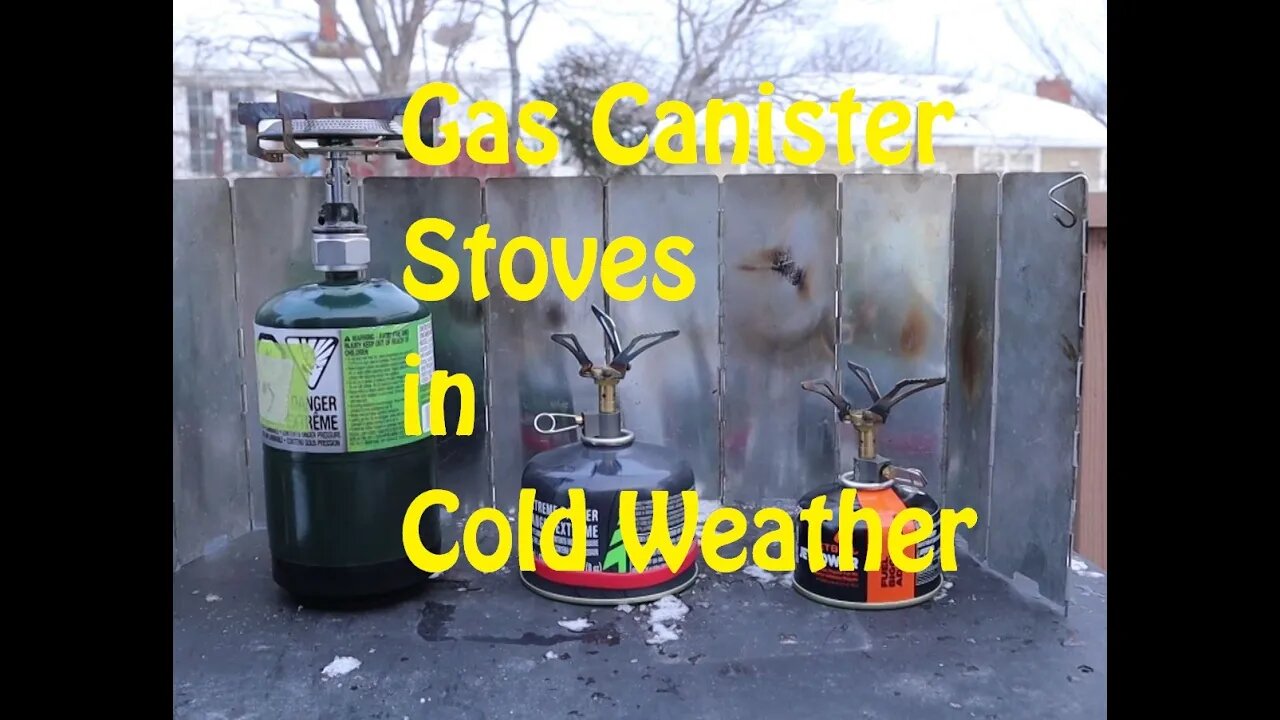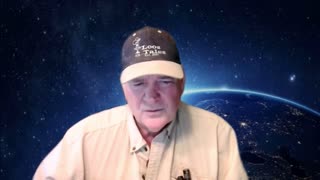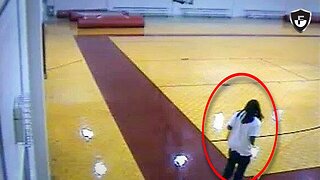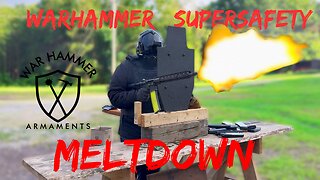Premium Only Content

Comprehensive Guide to Using Gas Canister Stoves in Cold Weather
Comprehensive Guide to Using Gas Canister Stoves in Cold Weather
About Pressurized Gas Canisters
To send fuel to the stove there has to be pressure within the canister
Pressure drops in the canister as the fuel is consumed
Pressure in a canister drops as the temperature goes down
Using the stove causes the temperature in the canister to drop
Canisters are available in butane, isobutane, propane-isobutane mix and propane cylinders
Butane stops vaporizing at 31F / -0.5 C (its boiling point) but pressure and performance will start decreasing well before that point
Isobutane, a chemical variation of butane, continues vaporizing down to 11F / -11.6 C
Propane continues vaporizing down to -43F / -42C
Propane alone is not practical as a stronger/heavier steel tank is needed to contain the higher pressure it requires to remain liquid
Use 20°F/-7°C as a guide for the limit when using a typical upright gas canister stove with isobutane or propane-isobutane mix
Regulated Stoves VS Stoves with a Pre-Heat Tube
Traditional Stoves
The jets in these stoves are small to help control the pressure being released
The small jets prevent sufficient fuel to leave the cylinder as the temperature/pressure drops
Regulated
Regulators have bigger jets then non-regulated stoves, allowing more fuel to flow through but have a regulator to prevent too great a flow
Benefits are fuel will flow easier at lower canister pressures and lower temperatures than a non-regulated stove but it still has limits to how much it can do
Stoves with regulators cannot be run in inverted mode, with exceptions
Pre-Heat Tubes (generator)
Remote canister stoves with a pre-heat tube can be inverted to allow liquid fuel to flow through
A remote canister stove with a pre-heat tube will save money as it uses all the fuel when inverted
An inverted canister stove can burn gas down to about 0F / -18C
Because the fuel remains liquid, it does not separate
If you are looking at adding a new gas canister stove to your kit and you plan to use the stove in cold weather then the best option is a stove with a pre-heat tube, followed by a pressure regulated stove
Tips and Tricks for Regular Gas Canister Stoves
Choose Propane-Isobutane (winter mix) over Isobutane over butane
Choose propane if weight is not an issue
Keep the canister warm or gently warm it up
Keep canister in sleeping bag or under jacket
Place on an insulated base or inside a cozy, etc
Place canister in water (warm is better)
Use a pocket heater to warm up
Caution should be used to not overheat the canister. This can create excessive pressure and cause a dangerous flareup.
Choose a stove with a pressure regulator or pre-heat tube
DIY a pre-heat device by using a strip of copper or aluminum held against the side of the canister and placed in the flame of the stove https://www.youtube.com/watch?v=6HiTrgT-Dd0&list=WL&index=5
-
 47:58
47:58
BlaireWhite
18 hours agoEpstein Survivor Interview: Exposing Everyone and Everything
10.3K12 -
 21:56
21:56
Producer Michael
19 hours agoI JUST BOUGHT $1,000,000 OF NEW CARS!
4.29K3 -
 2:56
2:56
Blackstone Griddles
13 hours agoHow to Clean your Blackstone Griddle with Bruce Mitchell
14K3 -
 8:07
8:07
Freedom Frontline
15 hours agoDan Goldman Just Got EXPOSED With ONE Video He Wasn’t Ready For
3.74K3 -
 LIVE
LIVE
BEK TV
23 hours agoTrent Loos in the Morning - 8/06/2025
248 watching -
 8:09
8:09
The Shannon Joy Show
14 hours ago🔥There Is No Golden Age: Trump’s Renter Society Is the Scam🔥
3.9K23 -
 11:23
11:23
True Crime | Unsolved Cases | Mysterious Stories
20 hours agoFound Inside a Gym Mat – 5 Mysterious Unsolved Cases (with Video Footage)
16.2K3 -
 13:31
13:31
GoldenWebb
18 hours agoSuper Safety Meltdown
10.2K1 -
 8:47
8:47
The Art of Improvement
20 hours agoHow to Change Your Bad Habits
12.2K -
 31:46
31:46
Coin Stories with Natalie Brunell
1 day agoBitcoin to $1M + with Tom Lee
20K6